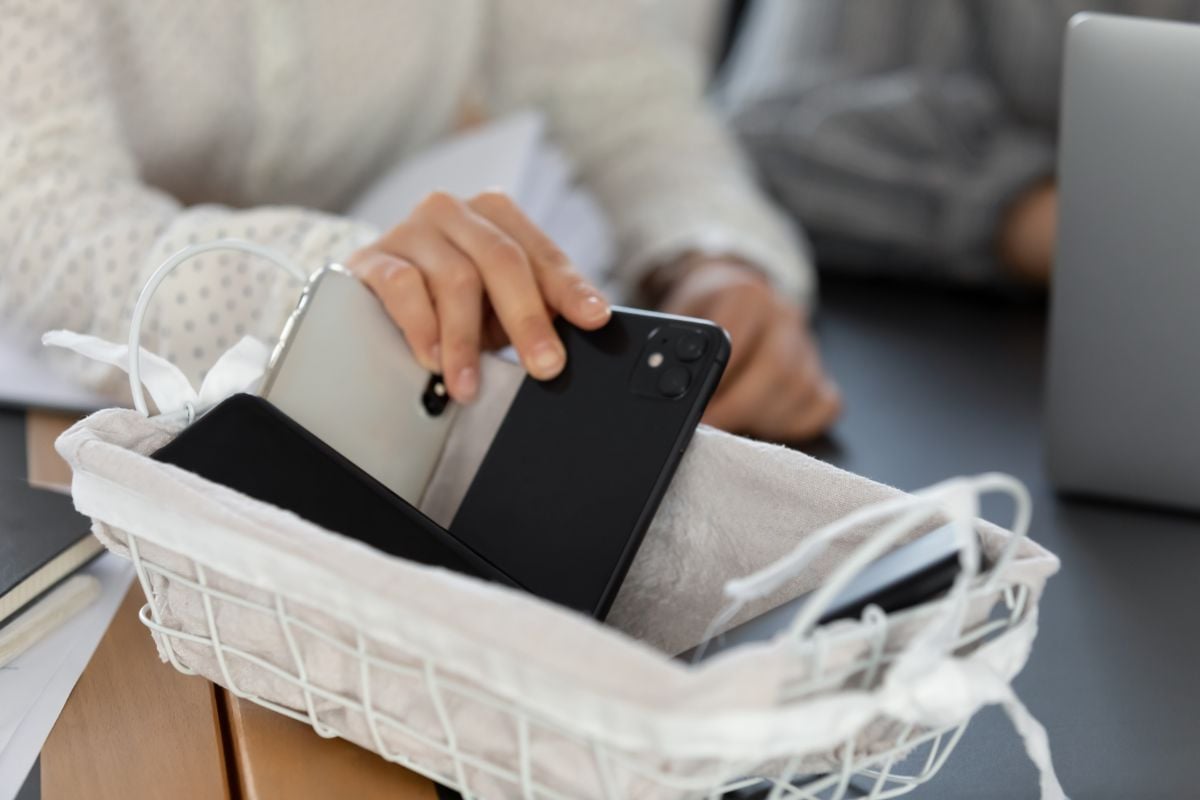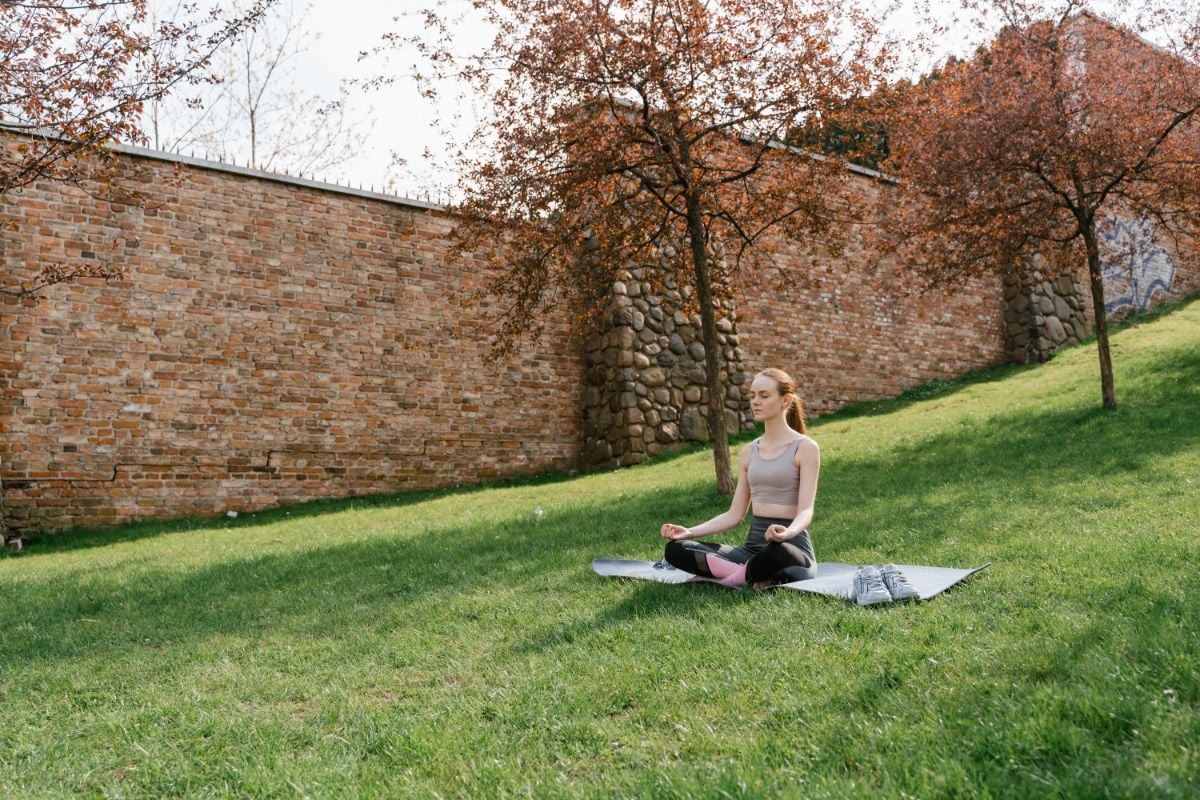Whether driving to work while listening to a podcast, or watching TV while perusing social media, we are all guilty of attempting to balance tasks. Yet, the human brain is not designed for such media overload. By mindfully prioritizing, we can learn to achieve more while doing less.
The problem with media multitasking
Have I lost you yet? If you’ve already switched streams—to Instagram, TikTok, or any other social—don’t worry, you’re not alone. According to a report from Microsoft, the average human attention span is just 8 seconds. So, if you’re still reading, congratulations on making it farther than most.
Throughout the day, often without your awareness, you’re participating in what is known as media multitasking. This form of multitasking occurs either when two types of media are being used simultaneously, or when a screen is being used while performing another task, like filing that work report while binging your favorite reality tv show.
Forms of media are designed to grab our attention—and are often competing to do so. Inevitably, we end up getting pulled in multiple directions at once, which is not only counterproductive, but may have serious implications for both our attention spans and memory.
The solution? Monotasking

Multitasking with screens has been proven to reduce focus in young adults and may impair memory, specifically in recalling experiences. Other data shows a similar pattern in adults.
As the world continues to become more digitalized, these findings are very troubling. With video lengths and character count only becoming shorter, it’s more important than ever that intervention efforts are made.
That’s where monotasking comes in: by shifting your focus from multiple tasks to a single task, you can prioritize what matters to you.
Don’t rely on self-discipline

We’re taught to believe that with enough self-discipline, anything is possible. However, when we’re busy juggling life, work, and school, this mindset can put a lot of pressure on us—and there just may not be enough time in the day. Accommodating more tasks through multitasking does not make us more efficient, especially when it often leaves us feeling stressed, and even on the brink of burnout.
Be honest with yourself

Instead of relying on self-discipline, we can learn to embrace the reality of our limitations. All forms of multitasking encourage a state of distraction, moving us from mindfulness to mindlessness. If we’re constantly focused on doing more, we may forget to stay present in our day-to-day lives.
But what if we took a moment to reflect? Monotasking is all about prioritizing goals, working in intervals, and avoiding distractions. The following strategies can help you break free from the expectations of time management, and help you complete tasks more efficiently—and mindfully.
Set an objective

When working, you should have a concrete goal in mind.
Before you start, consider asking yourself:
- What exactly am I trying to accomplish here?
- Is the goal I’m setting for myself reasonable?
- What difficulties may I encounter? How can I address them, while continuing to make progress?
Once finished your task, consider asking yourself:
- What did I accomplish?
- How should I proceed?
Remove temptation

Distractions are all around us, it’s inevitable—but, how we choose to approach them can make all the difference.
Begin by creating a list of your biggest distractions, which may include cellphones, emitting notifications from email or social media. The best way to not be interrupted by notifications is to turn them off. Try using the Do Not Disturb feature on your phone or setting time limits on specific apps through your settings.
Move your body

Purposeful movement throughout the day has been shown to improve focus and motivation. A 20-minute walk or yoga session at lunchtime could be the perfect boost of energy you need.
Work in intervals

Research shows it’s far more effective to work for shorter periods of time with pre-determined breaks. The Pomodoro Technique is a popular productivity method, in which you work for 25-minute intervals, followed by five-minute breaks. When focusing on a longer task, it’s recommended that you repeat this process two to three times, then take a longer 20-minute break.
Use a productivity app

Forest plants virtual trees, the more you focus. However, if you leave the app once the timer is set, or attempt to unlock your phone, the plant will wither.
Focus To-Do sets a 25-minute timer with five-minute breaks. It’s perfect for those who are looking to try the Pomodoro technique.
Practice mindful meditation

The practice of monotasking walks hand-in-hand with mindfulness, prompting us to slow down and embrace the present moment. Becoming mindful means syncing with your thoughts, feelings, body, and environment. Spending intentional time each day concentrating on bringing your thoughts back to the present can help you naturally put this into practice throughout day-to-day life .
Departing from distractions and choosing the present, is a practice that can influence each aspect of life—one that can help you see the beauty of living, right now.




